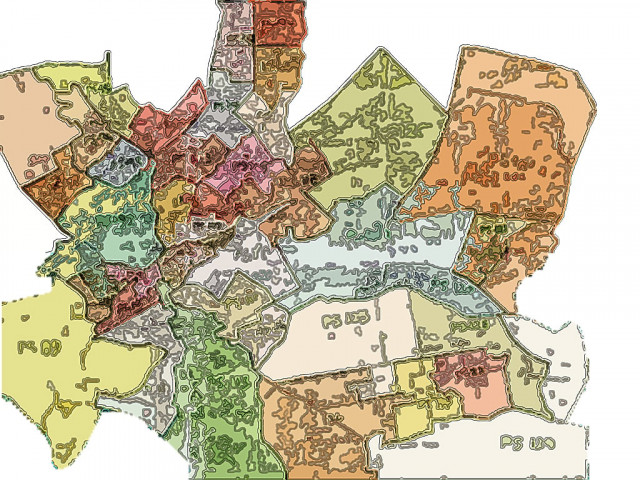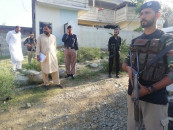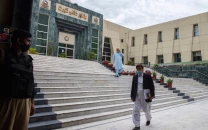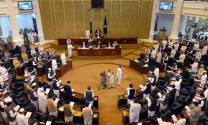Delimitation for dummies
What is delimitation and what does it have to do with the census? Does it matter to the average voter?

Delimitation for dummies
Delimitation is possibly the ugliest word in the Election Commission’s dictionary. What is it and what does it mean to you, the average voter? Why does the Supreme Court see it as a way to “break the cycle of ethnic strife” in Karachi.
First, the census
The government is required by law to count the number of people in Pakistan every 10 years. That is the census. Pakistan last completed a count in 1998 when the population was 132 million people.
According to the Delimitation of Constituencies Act, 1974, the constituencies for elections to the National and provincial Assemblies have to be delimited after every census.
After the census, the government saw that Karachi’s population had gone up from five million to nine million (which is estimated to around 20 million now). It then increased Karachi’s number of Sindh Assembly (PS) seats for MPAs from 27 to 42. (Sindh Assembly has a total of 130 direct election seats and the rest are reserved for women and minorities to make a total of 168 seats.)
For the next general elections, in the new voter list there are around 18.43 million registered voters in Sindh. Dividing it by the number of directly contested seats (not reserved) for the Sindh Assembly gives us an idea that an average constituency would now have to have 141,791 voters.
All of this meant that the boundaries of the constituencies had to be changed. In 2002, Musharraf ordered this.
How will the ECP proceed with Karachi’s delimitations?
Since Karachi’s number of seats in the Sindh Assembly (42 MPAs) cannot be increased without going to parliament and a fresh census, the ECP will use its powers given in Article 10 of The Delimitation Act of 1974 which allows it to change the boundaries of existing constituencies. The ECP orders its District Election Officer (now a grade 18 official with 22 being the most senior) to re-draw the boundaries of the constituencies.
There are no hard and fast rules. The DEO keeps in mind revenue boundaries, natural boundaries and the geography of an area. In rural areas, small cities and planned dwellings make it easy to clearly mark boundaries and there are less chances of disagreement. But in unplanned big cities and towns it is easy to manipulate and alter boundaries to benefit a party.
How changes are made:
Sometimes the number of voters in an area does not qualify to form a constituency as a whole. The voters of these areas can be easily added to any next-door constituency. In big cities and unplanned neighborhoods like in Karachi, the changes were made by dividing the voters of different ethnic communities in favour of a particular political party.
Take for example the imaginary constituency PS 350 with a majority of Purple people and its neighbour PS 777 with a majority of Orange people. Part of PS 350 is cut out and added to PS 777. This means that the Purple voters can now prevent an Orange favourite from sweeping the election, which they could have done before because there were only Orange voters.
The political parties
The DEO puts up draft maps marked with the new boundaries on display for the public and political parties. Anyone who can vote can object. The election authorities also hold judicial forums so people can legally contest these changes on the draft maps - but within 15 days. The problem is that the parties have hardly ever registered their complaints in the past when the maps are made. They object only when the elections draw near, which can be years later.
How could the Supreme Court’s orders affect the next election?
Since 1998, when the last population count was held in Karachi, its demographics have changed. For example, it is now called the city with a large Pakhtun population. If the boundaries of existing constituencies are redrawn to ensure there is a healthy mix of ethnicities, it is likely that the results will be affected in the elections.
Published in The Express Tribune, December 21st, 2012.



















COMMENTS
Comments are moderated and generally will be posted if they are on-topic and not abusive.
For more information, please see our Comments FAQ